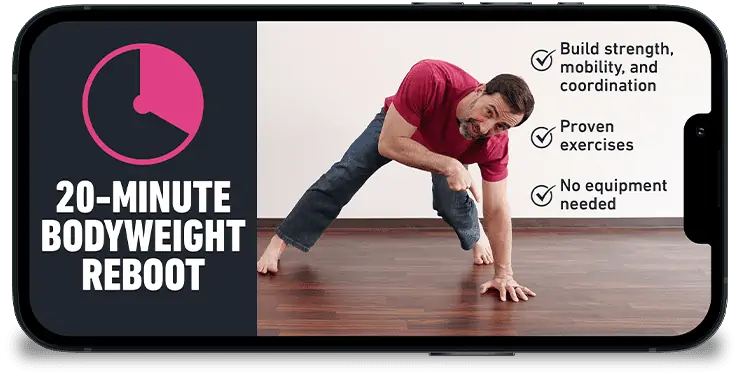The truth is that you probably stopped learning and practicing new physical skills sometime in early childhood – you crawled, you walked, you ran, you jumped… then what happened?
If you’re like most people, you got a job and spend most of your time sitting down and growing stiffer by the day.
But since you’re reading this, there’s a good chance that you’d like to feel stronger and freer in your body. You’re not content with it being “all down hill from here.”
What do you really want from your body?
Let’s spend 90 seconds exploring that question:
GMB Fitness® makes online training for people who don’t want to feel limited physically but have more important things to do than spend hours every day working out.
You can have more strength, agility, and freedom of motion in just 15-45 minutes, a few times a week.






